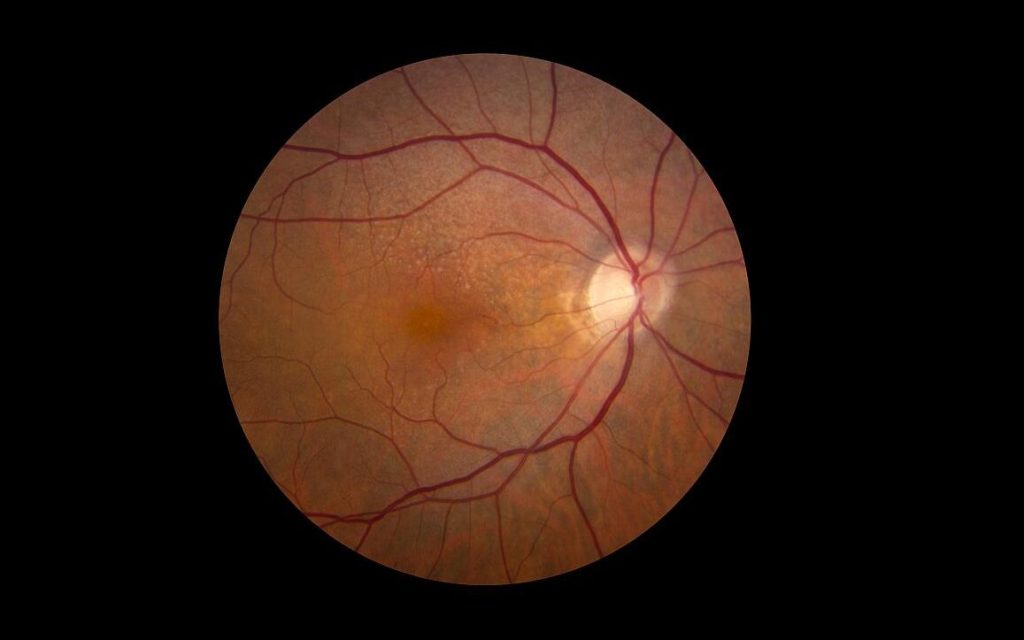Array of Autoimmune Disorders Linked to Cardiovascular Disease

A new epidemiological study published in The Lancet shows that patients with autoimmune disease have a substantially higher risk (between 1.4 and 3.6 times depending on which autoimmune condition) of developing cardiovascular disease (CVD) than people without an autoimmune disorder. This excess risk is comparable to that of type 2 diabetes, a well-known risk factor for cardiovascular disease.
Although earlier research has suggested associations between various different autoimmune disorders and a higher risk of cardiovascular disease, these studies were often too small and limited to selected autoimmune or selected cardiovascular conditions to draw conclusive evidence on the necessity of CVD prevention among patients with autoimmune disease.
At the annual congress of the European Society of Cardiology, researchers presented the outcome of a thorough epidemiological investigation into possible links between 19 of the most common autoimmune disorders and CVD. The research shows for the first time that cardiovascular risks affect autoimmune disease as a group of disorders, rather than selected disorders individually.
The whole cardiovascular disease spectrum
In the study, the authors show that the group of 19 autoimmune disorders they have studied accounts for about 6% of cardiovascular events. Importantly, excess cardiovascular risk was visible across the whole cardiovascular disease spectrum, beyond classical coronary heart disease, including infection-related heart disorders, heart inflammation, as well as thromboembolic and degenerative heart disorders, suggesting the implications of autoimmunity on cardiovascular health are likely to be much broader than originally thought. Furthermore, the excess risk was not explained by traditional cardiovascular risk factors such as age, sex or smoking. Another noteworthy finding: the excess risk is particularly high among patients with autoimmune disorders under 55 years and suggests that autoimmune disease is particularly important in causing premature cardiovascular disease, with the potential to result in a disproportionate loss of life years and disability.
The study was based on UK electronic health with data from about one-fifth of the current UK population. The researchers assembled a cohort of patients newly diagnosed with any of the nineteen autoimmune disorders. They then looked at the incidence of twelve cardiovascular outcomes – an unprecedented granularity that was made possible by the very large size of the dataset – in the following years, and they compared it to a matched control group. The risk of developing CVD for patients with one or more autoimmune disorders was on average 1.56 times higher than in those without autoimmune disease. The excess risk also rose with the number of different autoimmune disorders in individual patients. Among the disorders with the highest excess risk were systemic sclerosis, Addison’s disease, lupus and type I diabetes.
Need for targeted prevention measures
The results show that action is needed, said Nathalie Conrad, lead author of the study. “We see that the excess risk is comparable to that of type 2 diabetes. But although we have specific measures targeted at diabetes patients to lower their risk of developing cardiovascular disease (in terms of prevention and follow-up), we don’t have any similar measures for patients with autoimmune disorders.” Conrad also noted that the European Society of Cardiology guidelines on the prevention of cardiovascular diseases, do not yet mention autoimmunity as a cardiovascular risk factor, only mentioning specific disorders such as lupus, nor do they list any specific prevention measures for patients with autoimmune disease.
Conrad hopes the study will raise awareness among patients with autoimmune disease and clinicians involved in the care of these patients, which will include many different specialties such as cardiologists, rheumatologists, or general practitioners. ‘We need to develop targeted prevention measures for these patients. And we need to do further research that helps us understand why patients with an autoimmune disorder develop more cardiovascular diseases than others, and how we can prevent this from happening.’
The underlying mechanisms are still poorly understood. Conrad said: “The general hypothesis is that chronic and systemic inflammation, which is a common denominator in autoimmune disorders, can trigger all sorts of cardiovascular disease. Effects of autoimmune disease on connective tissues, small vessels, and cardiomyocytes, and possibly some of the treatments commonly used to treat autoimmunity are also likely to contribute to patients’ cardiovascular risk. This really needs to be investigated thoroughly.”
Source: KU Leuven






